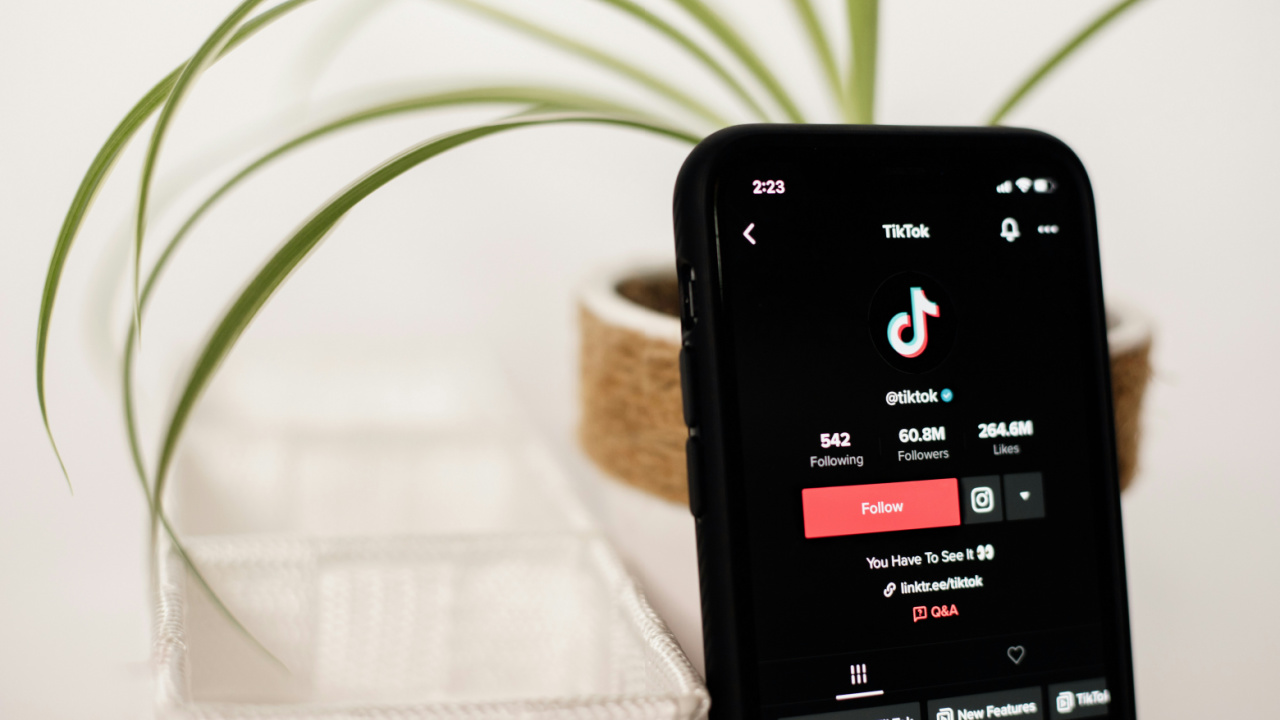ICE Is Increasing Digital Surveillance, Including Social Media, and Here’s How To Protect Your Data
Immigration and Customs Enforcement (ICE) is using digital surveillance tools. The money to finance the expansion of digital surveillance comes from the “Big Beautiful Bill” that Congress passed this summer. The bill appropriated $75 billion to ICE. Part of that funding is going toward bolstering unfettered digital surveillance of immigrants and American citizens. The use of tracking software by the federal agency is raising concerns over privacy.
Immigration officials are expanding digital surveillance
Immigration and Customs Enforcement (ICE) is already entering new contracts with digital surveillance firms. The technology includes facial recognition, biometric data, accessing smartphone data, and smartphone location tracking, according to Axios.
Reports indicate that Paragon Solutions is collaborating with the federal immigration agency, which operates under the Department of Homeland Security. The spyware company is based in Israel and runs a surveillance tool called Graphite. The new contract has elected officials and privacy activists worried since the Paragon Solutions contract was under review during the Biden administration. The Trump administration ended the review and lifted the no work order to reinstate the partnership.
“ICE is already shredding due process and ruining lives in its rush to lock up kids, cooks and firefighters who pose no threat to anyone,” Sen. Ron Wyden (D-Ore.) told The Washington Post. “I’m extremely concerned about how ICE will use Paragon’s spyware to further trample on the rights of Americans and anyone who Donald Trump labels as an enemy.”
Paragon Solutions was under review following a 2023 executive order. According to Executive Order 14093, the United States government is responsible for vetting potential commercial spyware contractors to protect national security. The reason is concern about malicious commercial spyware being deployed in the U.S. that would put citizens and the government at risk.
Increased surveillance means increased diligence
Experts have been raising the alarm about increased digital surveillance by ICE since February 2025. For months, there have been warnings about what the hyper-focus on surveillance by ICE could mean for American citizens. For example, accessing smartphone data from protesters outside of ICE detention facilities, Cooper Quintin, Senior Staff Technologist at Electronic Frontier Foundation, explained to Axios.
Experts warn that the proliferation of surveillance technology poses a threat to American civil liberties, like freedom of speech. Three unions filed a lawsuit against the Departments of State and Homeland Security this month over surveillance happening. The complaint is asking the court to block what they say is an unconstitutional surveillance program that is targeting protected speech.
“The Trump administration’s use of surveillance to track and intimidate UAW members is a direct assault on the First Amendment—and an attack on every working person in this country,” UAW President Shawn Fain said in a press release. “When they spy on, silence, and fire union members for speaking out, they’re not just targeting individuals—they’re targeting the very idea of freedom itself.
Fortunately, there are ways to limit data exposure
Protecting your data is an important step right now. The ACLU has warned protesters about taking their phones when they protest to protect themselves from surveillance. There are ways that you can protect your data from being collected by the federal government. You can even safeguard your data from being handed over by tech companies. Here are a few ways to protect your data.
First, use encrypted platforms for all of your communications. Encrypted communications cannot be decrypted, even by the company that is hosting the communications, according to Wired. End-to-end encryption platforms exist and there are even some that you probably already use. Signal, WhatsApp, Apple iMessage, and Apple FaceTime all have end-to-end encryption as a default. However, you should check the status of encryption with Facebook Messenger, Telegram, and X (formerly Twitter).
Another way to protect your data is to download a Tor Browser to protect your search history. Visiting a website works both ways. Not only can you see the webpage, but the webpage also gives people a chance to look back at you virtually.
If you are at a demonstration, there are temporary things you can do to protect your location data. With Androids and Apple phones, users can control which apps on their phones have access to their location. Limiting this data could protect you if you are at a demonstration. Essentially, your phone operates as a tracking beacon and this is one way to protect your data
Lastly, one easy way to hide your movements is to use cash, especially when going to a protest. Financial records from credit card and debit card statements are accessible to law enforcement. By using cash, experts say you can protect your location data from being turned over to the government.




